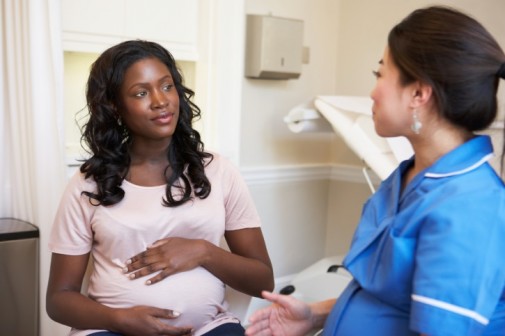Vaginal birth is less risky for moms

Giving birth can sometimes feel overwhelming as women are faced with a host of decisions to make from the moment they discover they are pregnant, but a new report could make one choice easier.
A report from the Centers for Disease Control and Prevention reaffirms that vaginal birth is less risky for mothers than cesarean section. The report looked at four maternal morbidities, or complications – blood transfusion, uterine rupture, unplanned hysterectomy and Intensive Care Unit admission. Women who never had a C-section before and delivered their babies vaginally had the lowest risk for all four.
Researchers from the National Center for Health Statistics reviewed data representing approximately 90 percent of all births in the U.S. in 2013. According to that report, women having their first C-section had the highest rates of two maternal complications – transfusion and ICU admission.
Women undergoing repeat cesareans had the highest rates of ruptured uterus and unplanned hysterectomy. Despite this, nearly 90 percent of women who had already had a C-section had one again in later pregnancies.
It was once believed that “once a cesarean, always a cesarean,” but modern research has put that myth to rest. In 2010, the American College of Obstetricians and Gynecologists officially revised their Vaginal Birth After Previous Cesarean Delivery recommendations for physicians.
Recognizing both the increased risk to mothers and the increased risks of complications in future pregnancies, attempting a vaginal birth after a previous C-section is a safe and appropriate choice for most women who have had a prior cesarean delivery, according to the American College of Obstetricians and Gynecologists.
Women must meet certain conditions in order to attempt a safe vaginal birth after a C-section, and while the data supports vaginal birth as safer for moms in most cases, the report found that failed attempts put mothers at a higher risk of maternal complications like uterine rupture than mothers who did not attempt one and scheduled a repeat C-section instead.
Related Posts
Comments
About the Author
health enews staff is a group of experienced writers from our Advocate Health Care and Aurora Health Care sites, which also includes freelance or intern writers.

















